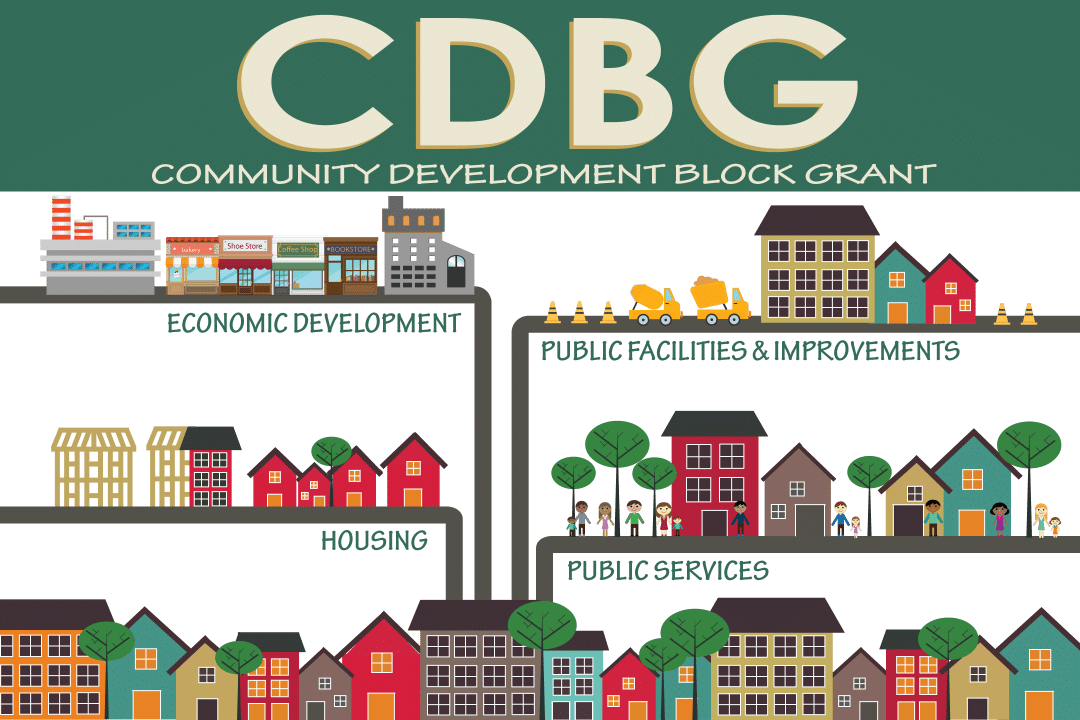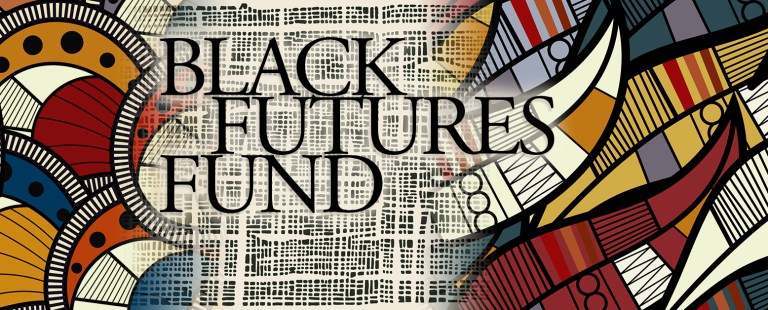By Lily Stuart
Recently, there is unrest about the City of Cleveland’s Community Development Block Grant (CDBG) funding, whether it’s about how much money the city is being allocated, or how the City Council will choose to spend it. However, the nuances of such funding can be difficult to understand at first glance. This article will serve as a brief guide to CDBGs, investigate some of their flaws, and introduce recent updates surrounding the funding.
What is a CDBG?
A Community Development Block Grant is flexible federal funding from the Department of Housing and Urban Development. Its goal is to develop stronger and more resilient communities by providing funding straight to local governments. According to the City of Cleveland, every project must meet one of the following conditions: directly benefit low-and moderate-income residents, eliminate and prevent blight and property deterioration, or serve an urgent need.
The Cleveland City Council’s Development, Planning, and Sustainability Committee will hold hearings in conjunction with the mayor to create a budget for the project. The Finance, Diversity, Equity, and Inclusion Committee will view the proposed budget, then the council will vote on it. The federal government will process the information before informing the city of the amount of money it will receive. From here, Community Development Corporations (CDCs) will compete for funding through an application process. A subcommittee will review these applications and then send them to the finance committee. Then the council will vote on the applications.
According to the 2022-2023 Annual Action Plan Report, the City of Cleveland is asking for an estimated $35,217,201 from the Department of Housing and Development. In recent years, however, the city has failed to meet spending targets and grappled with completing housing repair projects and programs.
Where is the community involvement?
The City of Cleveland’s website states that “the public is encouraged to participate in every phase of the application development process.” Their annual Action Plan Report notes that this year there were three meetings for community members to attend, but the only method of outreach provided was its publication in the Plain Dealer. There is a lack of publicity online or through other outreach methods, both of which would increase the number of community interactions and attendance at meetings.
Because CDCs receive their funding through a “competitive grant process” (per Cleveland Neighborhood Process), the corporations are highly focused on how to secure their funding. Well-known CDCs include the Famicos Foundation, Burten, Bell, Carr Development, and University Circle, Inc.
Although the CDC is to interact with the public, CDCs often fail to hold meetings to investigate community interests. They fall behind in directly addressing the public needs and wants. The City Council holds meetings, but these are largely hearings to discuss the budget, rather than a direct in-route for the public to enumerate their concerns. This means that new projects and funding are oriented from the developer to the community, rather than from the community to the developer. This flaw has become evident in the city’s response.
In a community media roundtable at WOVU held on Feb. 16, an attendee asked Mayor Bibb about the ethical concerns regarding the disconnect between the city, developers, and the public. One interviewer noticed a need for ethical standards between the three, and even noted that often, the City Council “seems to favor the developer.” Mayor Bibb responded by explaining that “it has to be a balancing act”. He argued that “in some cases, you have issues where developers have too much authority and too much influence, but in other cases, you have a lot of nimbyism too, and that can be an inhibitor to change.” Nimbyism, as the mayor refers to it, is an acronym for “not-in-my-backyard” and describes community members who are against development and change. Broader conversations with the community could aid in solving these concerns and minimize the urge to use negatively-connotated terms like “nimby.”
Where are we now?
In September 2021, Cleveland Neighborhood Progress and CDCs from across the city released the Neighborhood Platform, a set of fifty recommendations to guide the work of Mayor Bibb and the City Council. The goals encompass changes in housing policy, economic developments, investments in neighborhood infrastructure, and modernizing government. About a third of the way into Mayor Bibb’s term, ten of the fifty goals initially set are completed (20%), nineteen are in progress (58%), and eleven have not been started (22%). This means that in the next two and a half years of Mayor Bibb’s term, thirty recommendations (80%) need completion.
Sources:
Cleveland Neighborhood Progress (http://www.clevelandnp.org/2023_platformupdate/)
CNP Update on Implementation of the 2021 Neighborhood Platform (http://www.clevelandnp.org/wp-content/uploads/2023/04/04.18.2023-Update-on-Implementation-of-the-2021-Neighborhood-Platform-vFINALweb.pdf)
City of Cleveland 2023-2024 Third Program Year Annual Action Plan (https://www.clevelandohio.gov/sites/default/files/cleNowPDFs/2023-2024ThirdProgramYearAnnualActionPlan.pdf)
US Department of Housing and Development (https://www.hud.gov/program_offices/comm_planning/cdbg)
City of Cleveland Website (https://www.clevelandohio.gov/CityofCleveland/Home/Government/CityAgencies/CommunityDevelopment/BlockGrantProgram)
“Mayor Bibb Community Media Roundtable at WOVU: 02-16-2023” from the Neighborhood Media Foundation (https://www.youtube.com/watch?v=_YwJkVfFruA)





